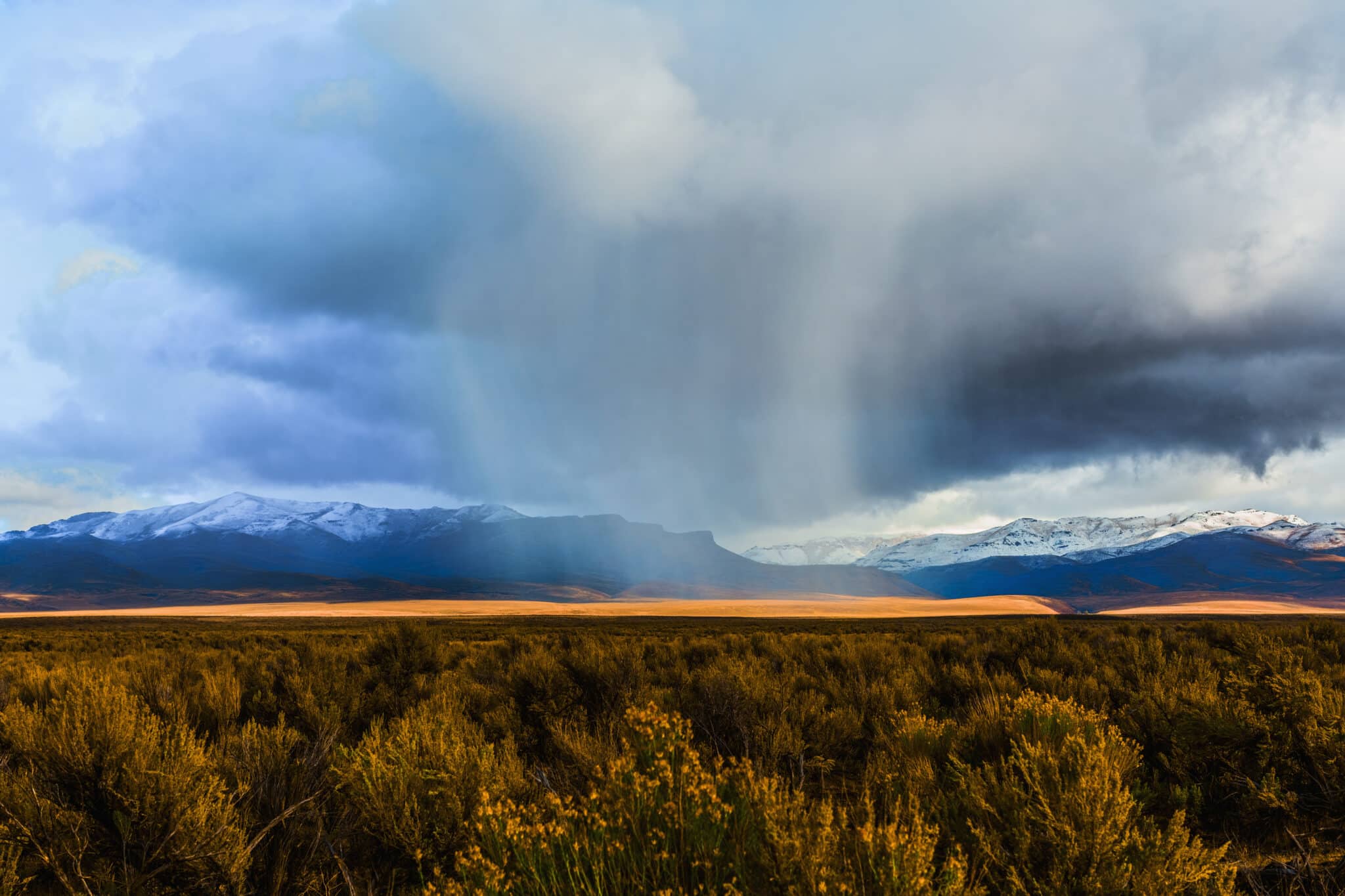Products You May Like
Storm clouds moving across rural prairie, Orovada, Nevada. Eric Raptosh Photography / Tetra images / Getty Images
 Why you can trust us
Why you can trust us
Founded in 2005 as an Ohio-based environmental newspaper, EcoWatch is a digital platform dedicated to publishing quality, science-based content on environmental issues, causes, and solutions.
Cloud seeding is a geoengineering technique that involves using planes and cannons that shoot silver iodide into clouds, causing a reaction that makes storm clouds create 5 to 15 percent more precipitation.
Utah and Colorado have been cloud seeding in the Upper Colorado River Basin for decades, spending between $1 and $1.5 million each year, and New Mexico recently began approving cloud seeding permits. Frank McDonough, a scientist at the nonprofit Desert Research Institute, tells AP that “the research that’s come out over the last 10 years or so really seems to have convinced [states] that cloud seeding is a legitimate way to increase snowpack and subsequent water resources.”
The federal funding comes at a critical time as the Colorado River basin’s key reservoirs reach record lows, and Western cities and industries struggle to conserve water even as supplies continue to shrink.
For a Deeper Dive:
AP, Explainer: Yale Environment 360
For more climate change and clean energy news, you can follow Climate Nexus on Twitter and Facebook, sign up for daily Hot News, and visit their news site, Nexus Media News.
Learn More About Solar Energy From EcoWatch
Subscribe to get exclusive updates in our daily newsletter!
By signing up, you agree to the Terms of Use and Privacy Policy & to receive electronic communications from EcoWatch Media Group, which may include marketing promotions, advertisements and sponsored content.
